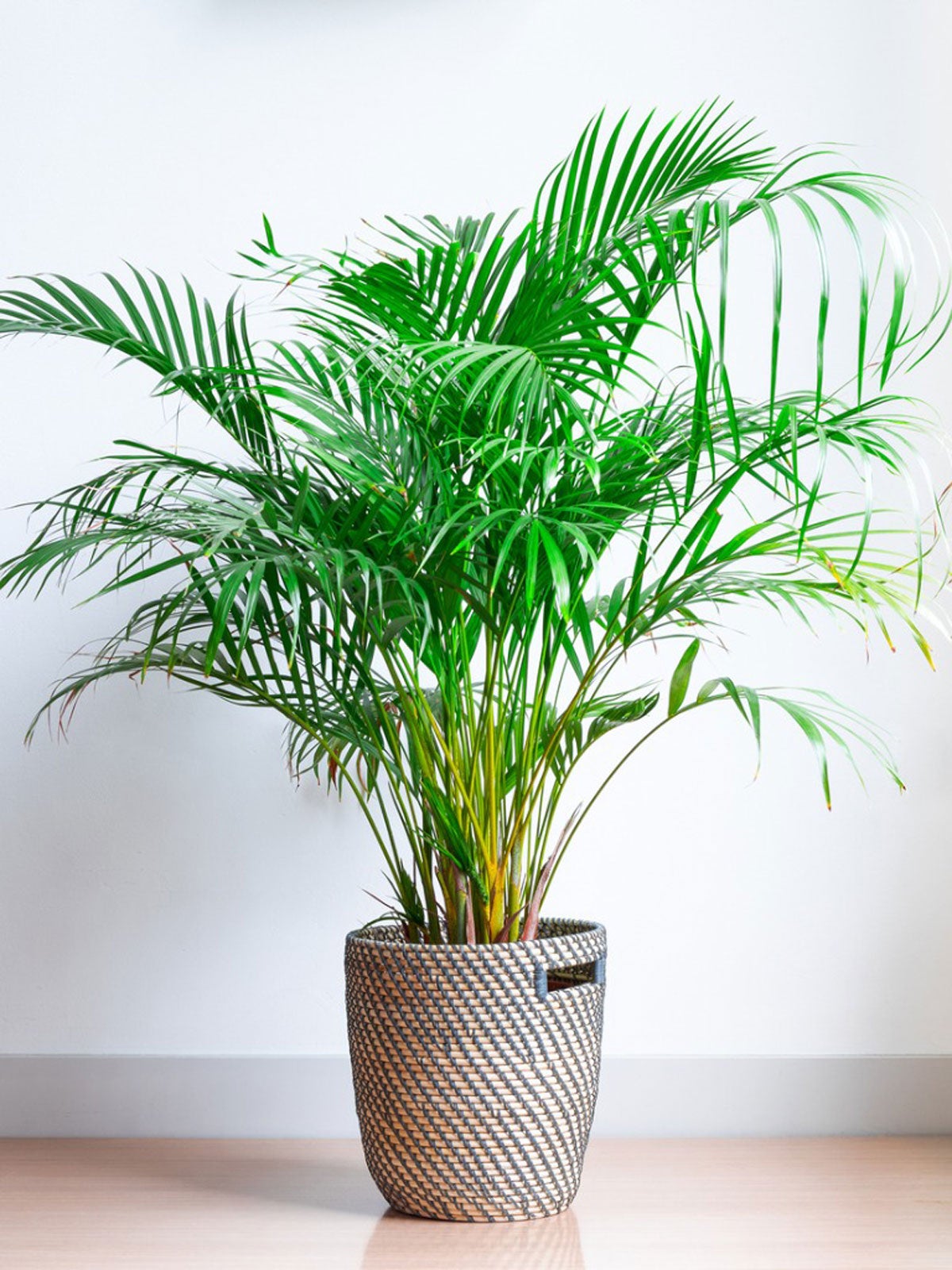Before I tell you anything, let me just say that these plants are fast-growing, trunk-based, and able to withstand a hot summer if you’re looking for areca palm florida regardless of whether they grow in your state or not. These hedge trees are included on the list of plants that can filter the air by removing formaldehyde, toluene, and xylene. Areca palms may be found in Florida?
Areca Palm Florida: Areca palms can grow well in Florida since they can withstand temperatures of 40 °F and are hardy in zones 8a to 11. They have sturdy trunks and green fronds with several pointed leaves. Each stem has a thickness of 2 to 3 inches when mature and there are numerous stems where the leaves develop. Areca palms are easy to grow in Florida and the majority of other US states because they are environmentally friendly. If the plant is fully grown, each leaflet will be between 1.5 and 2 feet long.
Areca palm hedges grow quickly; as a result, they can grow to a height of 10 to 15 feet in a few years. If properly cared for, they may generally reach heights of over 25 to 35 feet and spread out across an area of 10 to 18 feet.
Areca palm blight
The majority of palm trees can contract the following illnesses, according to Penn State:
Drechslera setariae and other infections cause the disease known as Helminthosporium Leaf Spot, which results in egg-shaped spots on leaves that are brownish or red.
Extra Fertilization can result in browning of leaves that fall to the ground after dying and can cause leaf burn. You can fix it by following the palm tree’s directions and adding fertilizer within reasonable limitations. These fungi infections are brought on by excessive watering or inconsistent pouring. Fungicide can be used to treat it.
Tiny brown spots caused by iron and copper poisoning can be mistaken for Helminthosporium Leaf Spot, a fungus-related condition, but these spots are actually caused by an excess of the metals, which are present in many fungicides. Reduce the amount of fungicide or iron-boosting fertilizer you use.
If the outside cold is severe, the leaves may become red, endangering the lives of palm trees. If the temperature falls below 30 degrees F, some fronds may die off in 4-5 days and fall. They can be grown in areas with temperatures higher than 50 °F. Use a frost cover for your palm tree in the cold weather to prevent frost injury, which can affect any plant.
Short Facts
| Scientific Name | Dypsis lutescens |
| Family | Arecaceae |
| Native | Madagascar |
| Common Names | Butterfly Palm, Yellow bamboo palm, golden cane palm, Madagascar palm, areca palm |
| Height | 25-35 feet tall |
| Spread | About 15-20 feet |
| Light Requirement | Full Sun or Partial Shade |
| Benefits | Tropical Greener Look, Screen as hedges |
| Fertilizer | Natural Liquid based |
| Soil | Moist, Not soggy |
| Water | Frequent in Sun, Less in Shade |
| USDA Hardiness Zone | 10a – 11 |
| Growth Rate | Moderate |
| Temperature Supported | Over 35-40 degree F |
| Propagation | Seeds, baby palms |

